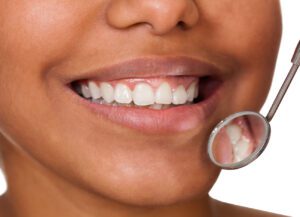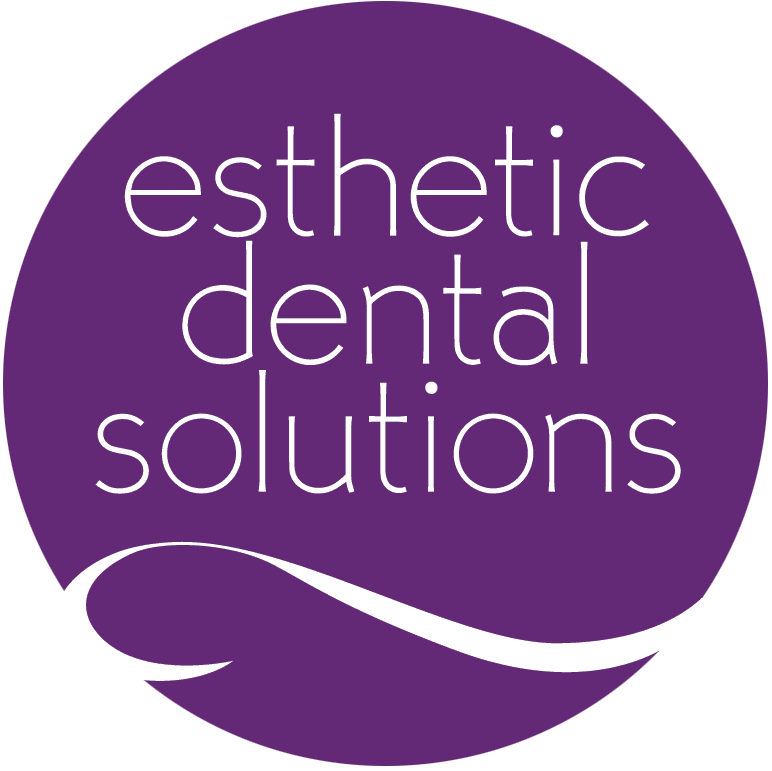Gum disease, clinically known as periodontal disease, poses a significant threat to oral health. It ranges from mild gingivitis to severe periodontitis. Gingivitis, the initial stage, involves gum inflammation due to plaque build-up. Periodontitis, a more advanced stage, can lead to tooth and bone loss. Early detection and treatment are crucial in preventing these severe outcomes.

Non-Surgical Treatments
Non-surgical treatments form the cornerstone of initial gum disease management. Scaling and root planing are the most common procedures. These deep-cleaning techniques target the removal of plaque and tartar. Scaling involves cleaning above and below the gum line. Root planing smooths the tooth root surfaces. This helps the gums heal and reattach to the teeth. These procedures often require multiple visits, depending on the severity of the disease.
Antibiotic therapy complements these mechanical cleaning methods. Dentists may prescribe antibiotics to control bacterial infections. These antibiotics can be systemic or localized. Systemic antibiotics come in oral pill form. Localized antibiotics, such as gels or chips, are placed directly in gum pockets. This targeted approach reduces bacterial load and inflammation.
Preventative Measures
Good oral hygiene practices are vital alongside professional treatments. Patients should brush their teeth at least twice daily. Using a soft-bristled toothbrush helps prevent further gum irritation. Flossing daily removes plaque between teeth where brushes cannot reach. Antimicrobial mouthwashes can further reduce bacteria. These measures support healing and prevent disease recurrence.
Regular dental check-ups are essential for monitoring gum health. Dentists can detect early signs of gum disease during these visits. Early intervention prevents progression to more severe stages. Patients should schedule dental cleanings every six months or as recommended by their dentist.
Surgical Treatments
When non-surgical treatments do not suffice, surgical options may become necessary. Flap surgery, also known as pocket reduction surgery, is a common procedure. During this surgery, the dentist lifts the gums to remove tartar and bacteria beneath them. After cleaning, the gums are repositioned snugly around the teeth. This reduces pocket depth and helps prevent further bacterial accumulation.
Soft tissue grafts address gum recession, a common consequence of gum disease. Dentists take tissue from another part of the mouth, usually the palate, and graft it onto the affected area. This procedure covers exposed roots, reducing sensitivity and protecting the teeth. It could also improve the aesthetic appearance of the gums.
Maintenance and Prevention
Long-term management of gum disease involves ongoing maintenance and prevention. Patients must commit to regular dental visits for cleanings and examinations. Consistent professional care helps maintain gum health and prevent disease progression.
Smoking cessation plays a crucial role in preventing gum disease. Tobacco use significantly increases the risk of periodontal disease. It also complicates treatment and hinders healing. Quitting smoking can dramatically improve oral health outcomes. Dentists can provide resources and support for patients looking to quit.
Diet also influences gum health. A balanced diet rich in vitamins and minerals supports healthy gums. Vitamin C is essential for collagen production, which strengthens gum tissue. Calcium is vital for maintaining strong bones and teeth.
Consult a Dentist Today
Dr. Angie Gribble Hedlund offers comprehensive dental care, including advanced gum disease treatment. Her practice prioritizes patient comfort and effective treatment plans. She stays updated with the latest dental technologies and techniques. Contact Esthetic Dental Solutions to schedule a consultation and see which treatment option may be right for you.
